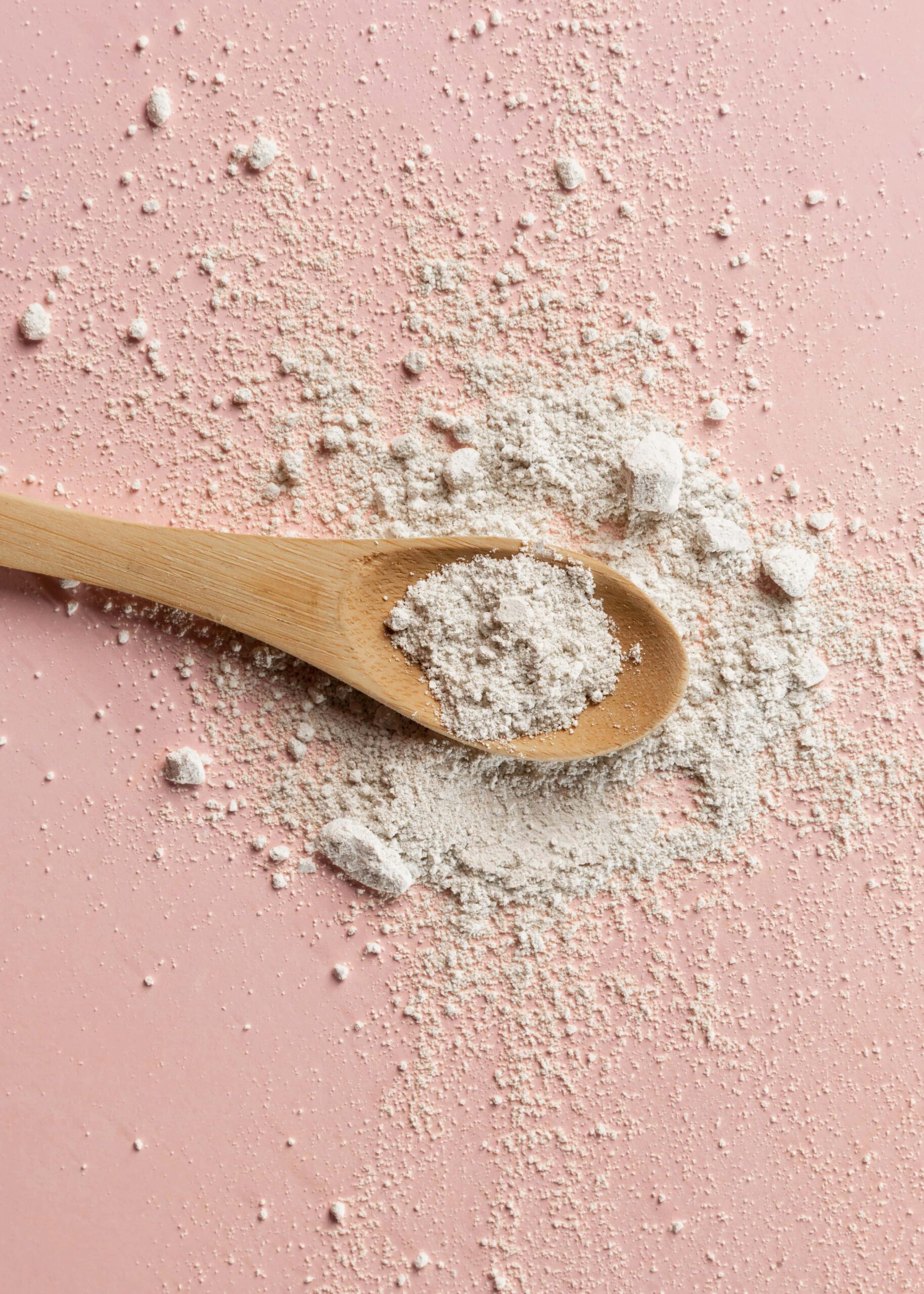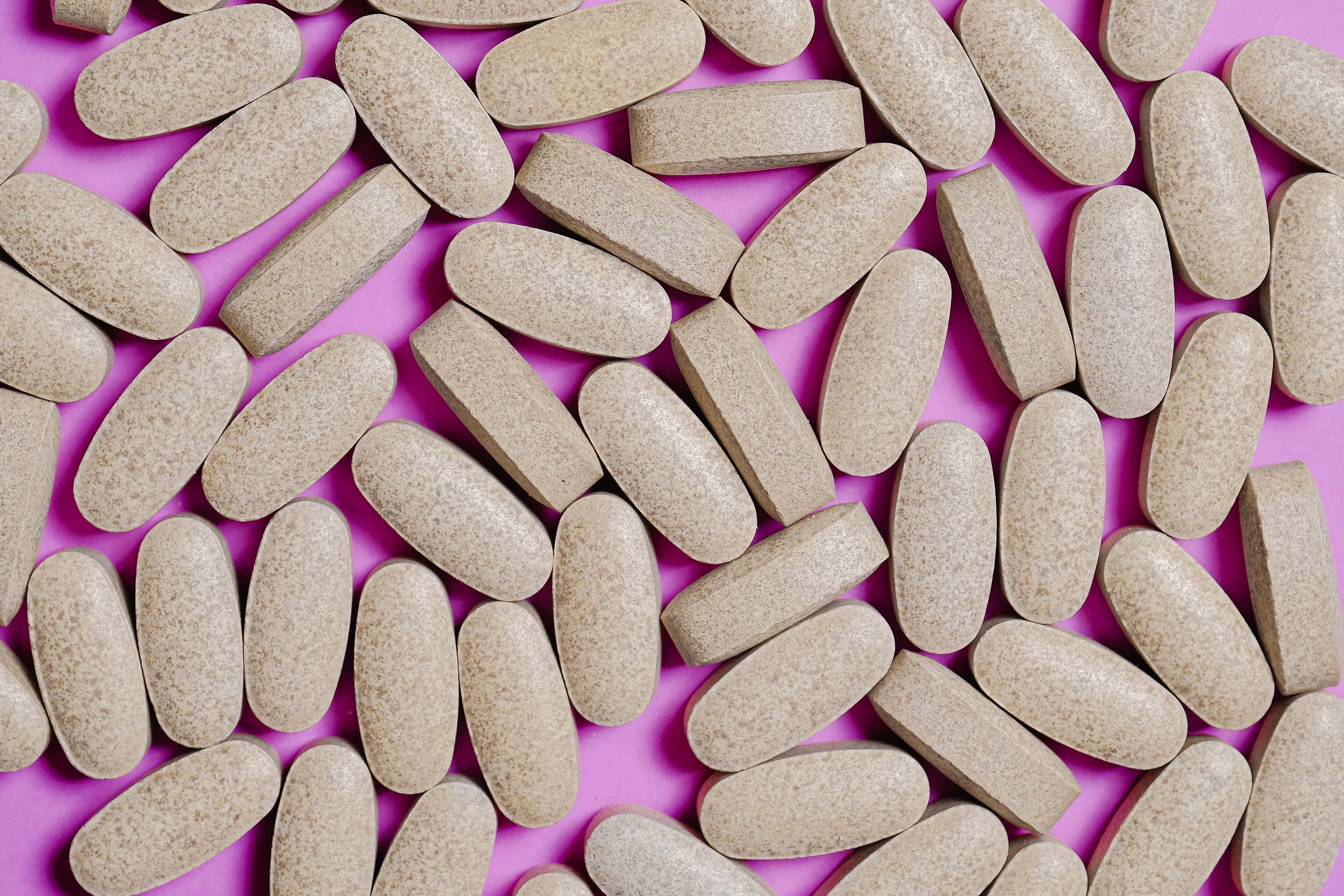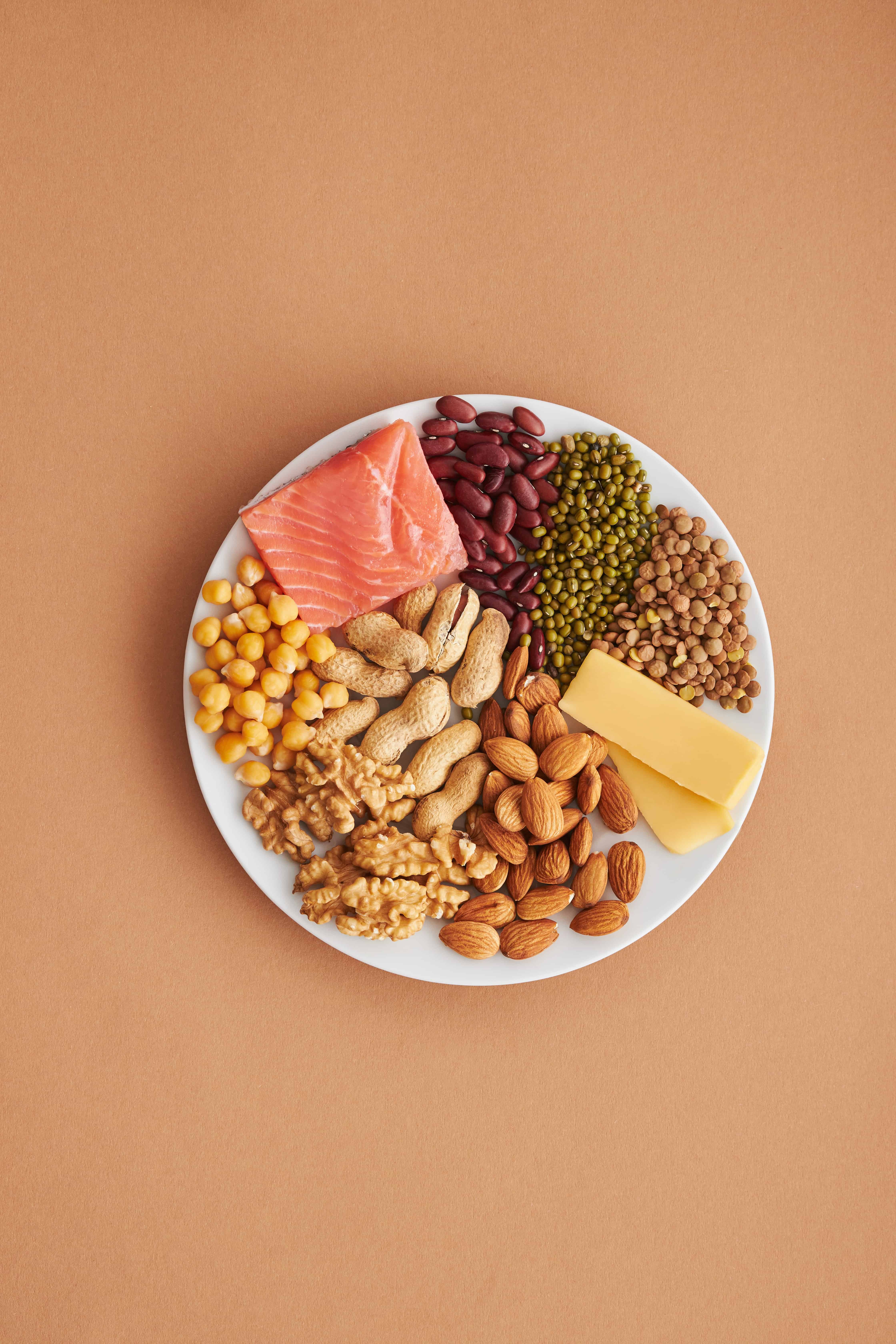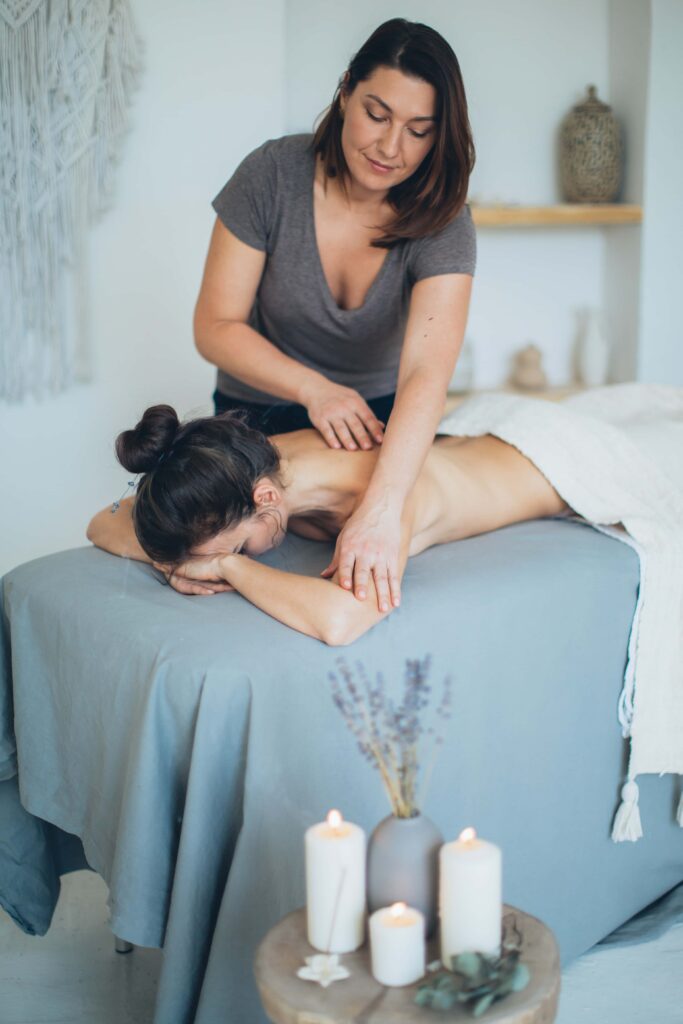Pushing our body to it’s limits is a goal of many athletes and fitness enthuses however, it comes at a cost. Grinding through intense workouts can leave your body feeling exhausted and without a proper recovery regime it can put the breaks on your training.
But what if there was a natural way to enhance your post-workout recovery, reduce muscle soreness, and ensure you’re always ready for the next challenge? Enter magnesium, the unsung hero of fitness and recovery. In this article, I explore the remarkable benefits of magnesium and how it can transform your recovery process. So let’s get started! Magnesium: The post-workout recovery supper supplement!

What Is Magnesium And It’s Role In Muscle Recovery?
Magnesium is an essential mineral that plays a crucial role in over 300 biochemical reactions in your body, including:
- Blood pressure
- Heart health
- Nerve function
- Muscle protein synthesis (MPS)
- Blood sugar levels
Cramping
Magnesium is important for overall health but in particular it is crucial for post workout recovery. It is brilliant at tackling cramps and inflammation! It does this by blocking calcium build up. Calcium is need for muscle contractions but without enough magnesium, the calcium builds up and causes painful cramps. With enough magnesium in the body, muscle fibres can relax and contract smoothly.
Inflammation
The crucial compound has also been found to have natural anti-inflammatory properties. It can reduce inflammation and soreness.
Energy Production
Magnesium is involved in energy production at a cellular level. It helps convert the food into energy, ensuring you bounce back quicker and have more stamina for your next session.
Sleep
Magnesium plays a role in regulating your body’s internal clock therefore, helping you fall asleep faster and enjoy deeper and more restorative sleep.
Bone Health
Magnesium contributes to bone health by assisting in the absorption of calcium. Strong bones are essential for staying active and injury-free.
Stress Reduction
Magnesium has a calming effect on your nervous system, helping you manage stress better. The more relaxed the body is, the faster the recovery time.
Symptoms Of Low Magnesium
Common symptoms include:
- reduced appetite
- feeling nauseous
- vomiting
- fatigue
- feeling weak
- numbness or tingling
- muscle cramps
- prolonged muscle soreness
- seizures
- irregular heartbeat

Benefits Of Taking Magnesium
As we’ve established, magnesium is amazing for post workout recovery and overall health and wellbeing. Benefits include:
- Boost exercise performance (Less cramping, inflammation and sorness means you can push yourself harder!)
- Anti-inflammatory benefits
- Regulates sleep
- Combats depression and anxiety
- Supports healthy blood sugar levels
- Supports heart health
- Promotes bone health
- Improves PMS symptoms
- Prevents migraines
How To Take More Magnesium
Including more magnesium in your diet is actually pretty easy since it naturally occurs in many different food sources! Magnesium-rich sources include:
- Leafy greens: spinach, swiss chard
- Nuts: brazil nuts, almonds, cashews
- Seeds: pumkin seeds
- Whole grains: buckwheat
- Tofu
- Tempeh
- Fish: salmon and mackerel

Supplements
If you want a quick and effective way of adding more magnesium to your diet, then I recommend using supplements! Magnesium supplements usually come as tablets or capsules and they can be picked up from supermarkets or pharmacies.
If you want a quick way to relieve a muscle cramp, try rubbing on some magnesium oil! The oil is fast absorbing and has shown to reduce pain and aches!
How Much Magnesium Should You Take?
Magnesium dosage varies based on your age. The National Institute of Health recommends this as the dosage rate:
| Age | Male | Female | |
| 14-18 | 410mg | 360mg | |
| 19-30 | 400mg | 310mg | |
| 31-50 | 430mg | 320mg | |
| 51+ | 420mg | 320mg |
Magnesium Dosage rate based on advice given by The National Institute of Health.
See more on the blog!
Boost your post workout recovery even more! Check out this article exploring 7 more recovery supplements!

Need better recovery? Find out which type of massage you have to get in this article!
